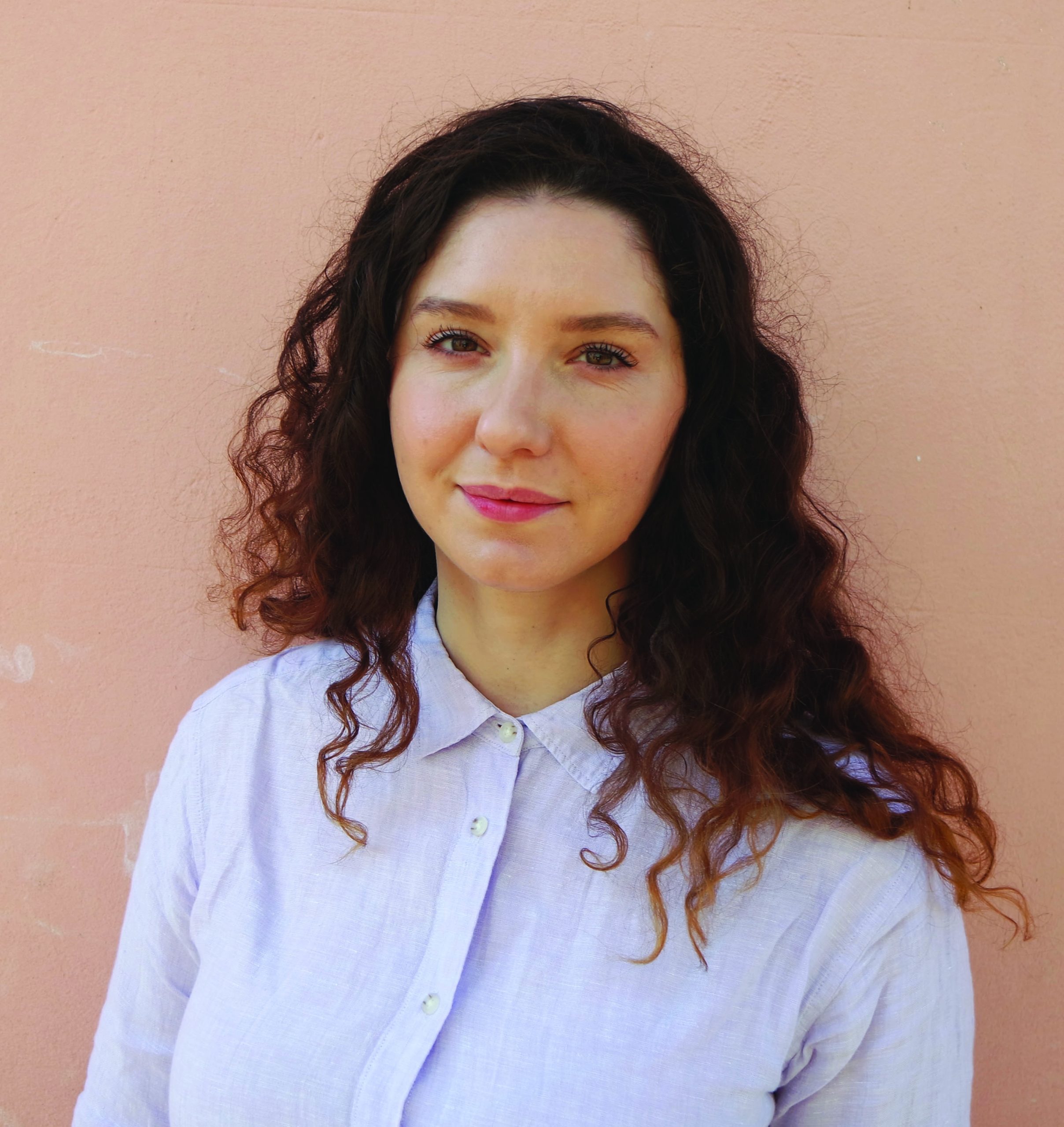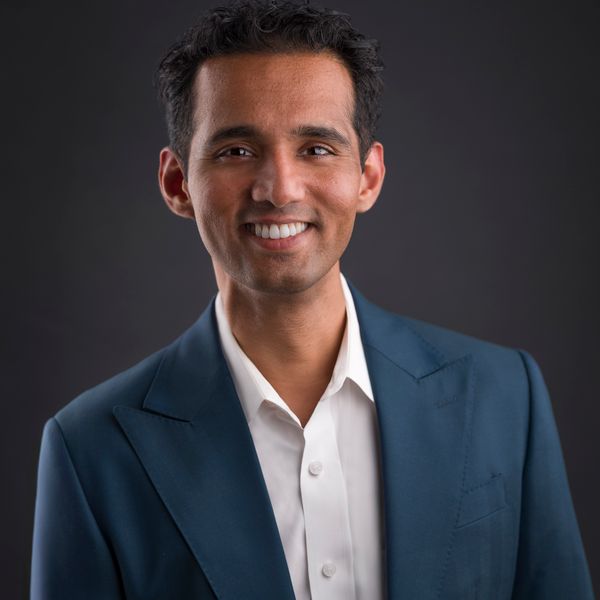In high school I was stalked by an ex-boyfriend who was six foot two and had just suffered two traumas: his abusive, alcoholic father suddenly died of a heart attack, and then a close friend was decapitated during a jet ski accident. He became preoccupied with death and would vividly describe the decapitation to me even after I’d beg him to stop.
“Evan” and I met in junior high at a Catholic retreat for our upcoming Confirmation. I was in public school, but he attended the school run by our church. He was a class clown with artistic talent—a preppy skater boy who cracked jokes about the “What Would Jesus Do?” activities at the retreat. Evan had been bullied at school after his drunken father crashed his car into a neighbor’s house.
I was an artist, too, had a similar sense of humor, had never quite fit into any clique, and had been bullied mercilessly growing up. One year, I was punched in the stomach by a boy on the school bus just because I wasn’t making room for him fast enough on a seat. Another year, a girl hit me in the lower back with her entire backpack full of books just because. (My lower back has never fully recovered.) A school teacher who found out looked shocked, but seemed untrained in that situation. She didn’t take any action.
These were only a couple of incidents. It wasn’t the inner city or a poor rural community. It was an average, middle class, suburban neighborhood outside of Annapolis, Maryland.
I quickly realized that if I complained or had a parent to complain, I risked any combination of physical retaliation, further verbal bullying, and isolation. Evan told me his eventual saving grace was his sudden growth spurt to six foot two inches.
A 2014 study, presented at the Pediatric Academic Societies annual meeting in Vancouver, found that bullied kids were up to thirty-one times more likely to carry a weapon to school.
A 2015 Centers for Disease Control survey study that identified behaviors of at-risk students nationwide found that:
…15.5% of all students; 14.2% of heterosexual students; 28.0% of gay, lesbian, and bisexual students; and 22.5% of not sure students had been electronically bullied, counting being bullied through e-mail, chat rooms, instant messaging, websites, or texting, during the 12 months before the survey… Nationwide, 20.2% of all students; 18.8% of heterosexual students; 34.2% of gay, lesbian, and bisexual students; and 24.9% of not sure students had been bullied on school property during the 12 months before the survey.
Evan and I bonded over hating the jerks who had picked on us at school. We rocked out to the same music as a release—Jimi Hendrix, Led Zeppelin, Nine Inch Nails, Green Day, Nirvana. We made each other art for gifts. And we gravitated to the Freaks, Goths, and Hippies crowd, because they were so accepting (and the music scene was so cool).
When Evan’s abusive father suddenly died, he felt immense guilt for having said he wanted him dead. Then I had to go away with my family on a summer vacation across country. We had little contact other than the postcards I sent. Facebook, Twitter, and cell phones weren’t a thing back then. He may have felt I abandoned him.
Ross Ellis, founder of the nonprofit children’s advocacy group Stomp Out Bullying, doesn’t feel bullying is the only reason for gun violence at schools. She cites kids who are also “pushed to the brink by parental abuse” and/or a “lack of comprehensive mental health treatment,” are more likely to be upset enough to bring a weapon to school.
As soon as I came back from summer vacation, I called Evan, and he talked over me with the graphic details of his recent friend’s death via a jet ski accident. He told me God was dead. He no longer wanted to see me.
National Alliance on Mental Illness (NAMI) states:
The start of many mental health conditions most often occurs in adolescence. Half of individuals living with mental illness experience onset by the age of 14. This number jumps to 75% by the age of 24.
One in five youth live with a mental health condition, but less than half of these individuals receive needed services.
I stayed in touch with Evan via phone, hoping that if I was kind and patient enough, he’d snap out of it and we could go back to the way things were. When he continued to sound increasingly troubled, my mother took me to meet with one of the priests at our church, hoping to get help for the mother or talk with the boy, but the priest didn’t take Evan’s problems seriously, and besides, he’d stopped attending church. Evan’s mother, about a foot shorter than him, went from years of spousal abuse to living with an unstable boy-man who towered over her. She had Evan go to a psychiatrist for a little while, but by herself she had trouble forcing him to continue therapy and she may have had trouble with the expense of that level of medical care—we don’t know.
The Substance Abuse and Mental Health Services Administration’s report from the 2016 National Survey on Drug Use and Health found that:
…in 2016, 12.8 percent of adolescents aged 12 to 17 (3.1 million adolescents) had an MDE [Major Depressive Episode] during the past year, and 9.0 percent of adolescents (2.2 million adolescents) had a past year MDE with severe impairment. Thus, adolescents in 2016 who had an MDE with severe impairment represented more than two thirds (70.5 percent) of adolescents who had a past year MDE.
Regarding Adam Lanza, Sandy Hook school shooter, a report from the Office of the Child Advocate of the State of Connecticut stated, “His parents did not appear to seek or participate in any mental health treatment after 2008. No sustained input from any mental health provider is documented in AL’s educational record or medical record after 2006.”
The new friends Evan made in the Freaks, Goths, and Hippies crowd were often kind, non-judgmental, naive kids, who only wanted to be accepted, too. The only issue with their acceptance was that when Evan started to really unravel, these same friends figured it was a phase, or tough guy act, or social theatre.
Evan got into a violent altercation at the Catholic high school his mother sent him to. He called me to announce, “I got expelled from my school and I’m coming to yours.” The tone of voice seemed more like a threat than anything else. In the wake of his friend’s and father’s deaths, he zeroed in on me as the source of his anger, maybe, perhaps, because I had been so willing to be a listening ear.
Adam Lanza, the report went on, had a “preoccupation with violence, depicted by extremely graphic writings that appeared to have been largely unaddressed by schools and possibly by parents.” And although he “was profoundly impaired by anxiety and Obsessive Compulsive Disorder, his parents may not have understood the depth or implications of his disabilities, including his need for ongoing support.”
Halfway through freshman year, Evan started attending my public high school. He showed up in dirty clothes, not having bathed for a week at a time, smears of paint dried in his unkempt hair. He’d pierce himself with safety pins during class and scared teachers and other students. He began isolating me from my friends one by one. He’d ask others where I was going to be and show up at events I’d attend, pull up a chair, and directly glare at me. If someone got in between us, he’d move his chair for a better view. He’d grow angrier, crossing his arms, glaring more, if I was with any other guy. It was unnerving. His large size and demeanor were intimidating.
And yet, the school had a policy of doing nothing. It didn’t matter that he was piercing himself during class or not bathing. In fact, when I reported his stalking behavior and that I was afraid he would turn violent, the principal didn’t take me seriously, chalking it off to kid stuff. The school guidance counselor asked me what I was doing to “provoke him.” As long as Evan hadn’t physically harmed me, they weren’t willing to do anything. And what could they do? There was no program for at-risk kids at the school, no mentors, and the administration and teachers hadn’t been educated about mental health. So, they looked the other way.
Yale Child Study Center noted in the same Child Advocate report “that withdrawal from school and a strategy of accommodating [Sandy Hook shooter Adam Lanza], rather than addressing his underlying needs, would lead to a deteriorating life of dysfunction and isolation.” And once Adam “was diagnosed, [his] education plan did not appropriately classify his disabilities and did not adhere to applicable guidelines regarding education for students with either Autism Spectrum Disorders or Emotional Disturbance.”
One night, a friend of Evan’s approached me at the mall, shoving me over and over again, saying, “You fucked up my friend.” After I told him to stop several times, he asked, “Oh yeah? What are you gonna do about it?” I said, “This,” and punched the guy across the face. (Ironically, it had been Evan, a year earlier, who had shown me how to throw a good punch.) Others rushed over and broke us apart.
At first I felt empowered by my victory. A few nights later, Evan called me and said, “You shouldn’t have done that.” He said he had friends who could do me serious harm, even with weapons.
I couldn’t sleep at night. In the dark, I’d practice a drill of hiding under my bed should he appear at my house (again) unexpected. I worried he would kill me and my family. My mother gave me mace to hide in my purse at school in case I was attacked.
His behavior was a recipe for disaster. We were lucky in that Evan’s father had never been into guns (as far as I know), and after his father’s death, the mother never would’ve kept guns in the house anyway. There may not have been the easy access to a gun that many school shooters have, as cited by the Everytown project:
Between 2013 and 2015, an average of two school shootings took place at K-12 schools each month. Among shootings at K-12 schools in which the age of the shooter was known, 56 percent (39 of 70) were perpetrated by minors.
Many of the students who perpetrated these shootings had easy access to guns at home. In some cases investigators declined to comment on the source of the firearm because the incidents were under active investigation, but in the 24 incidents where the source of the firearm could be determined, 13 of the shooters (54 percent) used a gun they obtained from home.
This is consistent with an analysis of school-associated violent deaths between 1992-99 by the U.S. Centers for Disease Control and Prevention, which found that 56 percent of students involved directly in a school-associated homicide or suicide used a firearm, and of those guns for which the source could be determined, 79 percent were obtained from the shooter’s home or that of a friend or relative.
But maybe we just got lucky. It was, after all, 1996. We still had three years before the gun massacre at Columbine High School in April 1999 would show us just how vulnerable we were.
On the day I went to visit a new prospective high school, Evan finally attacked a fellow student in the lunch room, breaking his ankle, and was expelled. Somehow, he had become convinced the other boy got with his new girlfriend, “Jenny,” same nickname as me. There was also a rumor through other students that he had brought a knife to school.
I still lived in fear until I started a private school in another district and stopped seeing most of my friends from the previous school, because he wouldn’t leave me alone until I was completely out of his reach.
I feel like I dodged a bullet, literally. But now I’m a mother and a college teacher. Gunman John Neuman Jr. shot up his former workplace less than a mile from my old office location at my campus just last year. We don’t have a psychiatric counseling or therapy office on campus and I encounter mentally ill students both online and on-campus regularly. I’ve heard about severe abuse and war traumas students have encountered via their writing and emails. I’ve had one student tell me he memorized my license tag on my car. I had another student threaten suicide if he was forced to complete one of my assignments. I’ve had a colleague have to disarm a student in the past couple of years who started brandishing a knife during class. I do the best I can to reach out to those I see isolated or disturbed, but I have to also be careful I don’t make myself a target. I fear for my safety regularly and it’s not the gun laws that have me so upset. It’s the lack of mental health help for students and the lack of mental health training in schools that I witnessed as a student and now as teacher.
Instead of my nightly drills hiding under my bed in case Evan would break into my home when I was a teen, I walk into each new classroom and figure out where we’ll have to hide if we need to. I size up my students each month as to who seems the most lost, vulnerable, or isolated.
In a recent interview in the Guardian, John Crescitelli, father of a student (who was not shot) at Marjory Stoneman Douglas high school stated, “I’m a gun owner. I don’t want the government taking my gun.”
My own mother was mugged at gunpoint while pregnant with me. I have a friend of a friend who feels he must have “military” assault rifle weapons on hand in case the United States is invaded. He feels very strongly about this. A relative of my husband who’s in his sixties keeps a gun in the middle console of his living room couch, “just in case.” He mentioned a big guy creeping onto his property once and also how both his daughter and son-in-law have been mugged at gunpoint. He feels it’s necessary to carry the gun for protection.
And maybe he’s right. Maybe because there are so many guns, he does need to carry a gun where he lives. It seems like a terrible rationale: more guns to stop guns. But I understand the logic. I know what it’s like to be that afraid. As the saying goes, “never bring a knife to a gun fight,” right?
Crescitelli brought up a really good point: “What are you going to do? Confiscate everybody’s guns? We have millions and millions of weapons.”
He’s right.
Sure, we can impose harsher restrictions on who can access newly licensed weapons (and I’m all for making it harder for the mentally ill to obtain guns), but what about the estimated three hundred million guns already out there?
The National Alliance on Mental Illness (NAMI) says:
Undiagnosed, untreated or inadequately treated mental health conditions can affect a student’s ability to learn, grow and develop. Schools provide a unique opportunity to identify and treat mental health conditions by serving students where they already are. School personnel play an important role in identifying the early warning signs of an emerging mental health condition and in linking students with effective services and supports.
It’s not a pipe dream. Congress (mostly Democrats) have been trying to get different versions of a bill through, entitled, “Mental Health in Schools Act,” since 2007, and bills with similar intentions have come to congress prior to that. Currently, “Mental Health in Schools Act 2017” is floating around our United States Congress. It seems like one of the most important pieces of legislation I’ve never heard of:
It is the purpose of this Act to—
(1) revise, increase funding for, and expand the scope of the Project AWARE State Educational Agency Grant Program carried out by the Secretary of Health and Human Services, in order to provide access to more comprehensive school-based mental health services and supports;
(2) provide for comprehensive staff development for school and community service personnel working in the school; and
(3) provide for comprehensive training for children with mental health disorders, for parents, siblings, and other family members of such children, and for concerned members of the community.
Children’s needs shouldn’t be a burden for schools. All the evidence shows that children need the healthcare system involved in their development. They need more after-school programs, not fewer. Schools and communities need training. We need the government to increase funding to boost schools—not cut funding. Instead of building a wall, put that money into schools and healthcare.
Utilize preventative gun legislation, by all means, but the mental health problems that torment kids, their families, friends, classmates, and teachers will still be there and need to be addressed. Evan’s suffering and my own experiences are proof of this.
School administrators and politicians, I beg of you: cut the bureaucratic red tape and so many damn excuses. Make schools a safe and supportive place for kids to grow up into healthy adults.
***
Rumpus original art by Genevieve Tyrrell.







